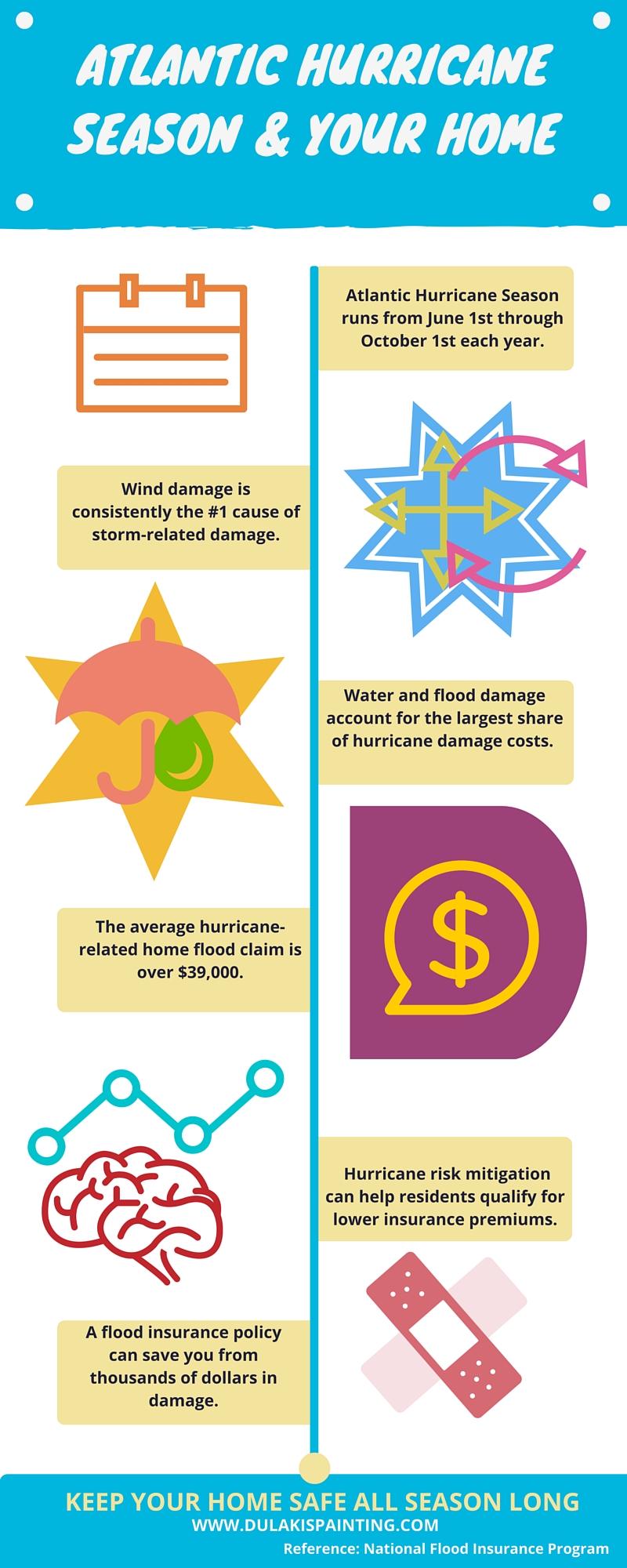Understand How Seasonal Conditions Affect The Success Of Commercial External Paint And Learn The Optimal Periods To Guarantee Durable Outcomes For Your Task
Understand How Seasonal Conditions Affect The Success Of Commercial External Paint And Learn The Optimal Periods To Guarantee Durable Outcomes For Your Task
Blog Article
Short Article By-Ford Skafte
When you're planning an industrial external paint task, seasonal factors can make or damage your outcomes. You'll wish to take into consideration just how temperature level and humidity impact paint application and drying out times. Selecting the appropriate period can guarantee your paint sticks properly and lasts much longer. Yet which seasons are really the most effective for this type of job? Allow's check out the crucial elements that can affect your job's success.
The Impact of Temperature on Paint Application
When you're planning a business external painting project, the temperature can dramatically affect how well the paint adheres and dries.
Preferably, you want to repaint when temperatures range between 50 ° F and 85 ° F. If it's as well chilly, the paint may not treat appropriately, leading to issues like peeling off or breaking.
On the other side, if it's as well hot, the paint can dry as well quickly, preventing appropriate adhesion and leading to an unequal surface.
You need to also think about the moment of day; early morning or late afternoon uses cooler temperatures, which can be more desirable.
Constantly inspect the maker's suggestions for the certain paint you're using, as they often provide guidance on the excellent temperature range for optimum results.
Moisture and Its Impact on Drying Times
Temperature isn't the only environmental aspect that affects your industrial outside paint task; moisture plays a significant function also. High humidity levels can decrease drying out times substantially, impacting the overall high quality of your paint task.
When the air is filled with moisture, the paint takes longer to heal, which can cause concerns like inadequate attachment and a greater threat of mildew growth. If you're repainting on a specifically moist day, be prepared for extended delay times between layers.
It's important to keep track of local weather conditions and plan appropriately. Preferably, aim for moisture levels between 40% and 70% for optimum drying out.
Maintaining these factors in mind guarantees your job remains on track and provides an enduring coating.
Best Seasons for Commercial Exterior Paint Projects
What's the most effective time of year for your industrial outside painting projects?
Springtime and very early fall are usually your best choices. Throughout these seasons, temperatures are mild, and moisture degrees are commonly lower, developing suitable conditions for paint application and drying.
Stay painters indianapolis of summer's intense heat, which can create paint to dry also promptly, causing poor bond and finish. In a similar way, winter's cold temperature levels can hinder appropriate drying and healing, taking the chance of the longevity of your paint work.
Go for days with temperatures between 50 ° F and 85 ° F for ideal outcomes. house painter in mind to inspect the local weather forecast for rain, as wet conditions can ruin your project.
Preparation around these aspects ensures your paint job runs smoothly and lasts longer.
Final thought
Finally, preparing your business external painting tasks around seasonal considerations can make a substantial distinction in the result. By organizing work throughout the ideal temperature levels and moisture degrees, you'll make certain better attachment and drying out times. Keep in mind to watch on local weather prediction and pick the right time of year-- spring and very early fall are your best bets. Taking these actions will help you attain a long lasting and specialist finish that lasts.
